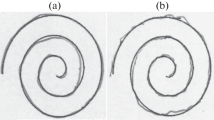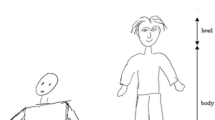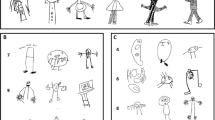Abstract.
A novel method is presented for the location of highly distorted geometric shapes from within a complex free hand line drawing, such as those generated in neuropsychological figure copying tests. With such high levels of distortion, a shape can no longer be crisply categorised as either present or not, and so a grade of perceptual distortion is generated. Candidate shapes are located from within a graph representation of the pre-processed line drawing. These are then rated by a set of fuzzy rules based upon Gestalt principles of human visual perception. This produces a very flexible process that can be adapted to the required application. Test data was acquired from patient attempts at a specific neuropsychological test (the Rey Osterrieth Complex Figure), with the aim of locating certain rectangular, triangular and diamond components. These are the first steps of the automation of the traditional, clinical scoring of the test. Of the 140 test shapes used to evaluate the system, all but one was successfully located from within patient drawings of figure and of these only two were graded with an error greater than 10% of manually generated grades by independent raters.
Similar content being viewed by others
Author information
Authors and Affiliations
Rights and permissions
About this article
Cite this article
Canham, R., Smith, S. & Tyrrell, A. Recognition and Grading of Severely Distorted Geometric Shapes from within a Complex Figure. PAA 3, 335–347 (2000). https://doi.org/10.1007/s100440070005
Issue Date:
DOI: https://doi.org/10.1007/s100440070005




